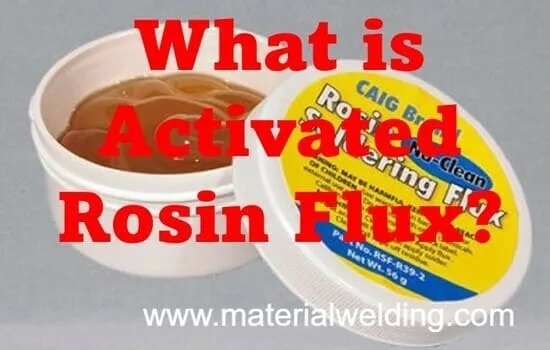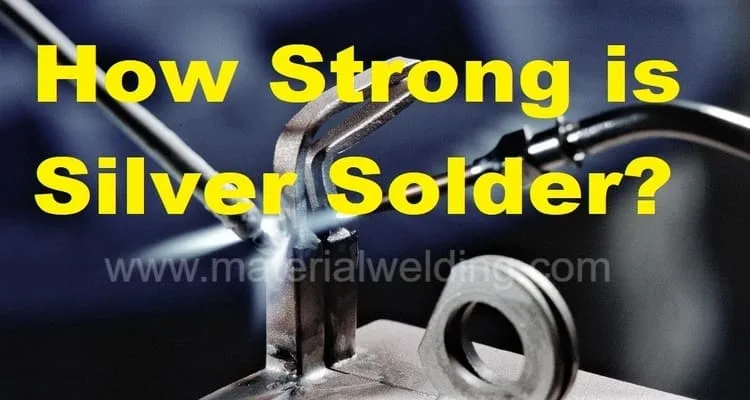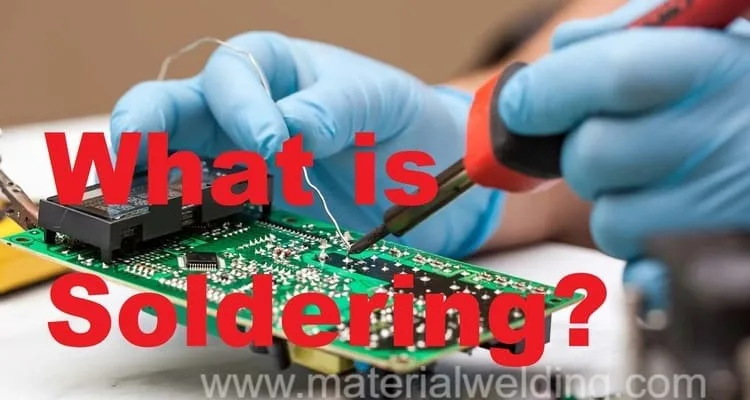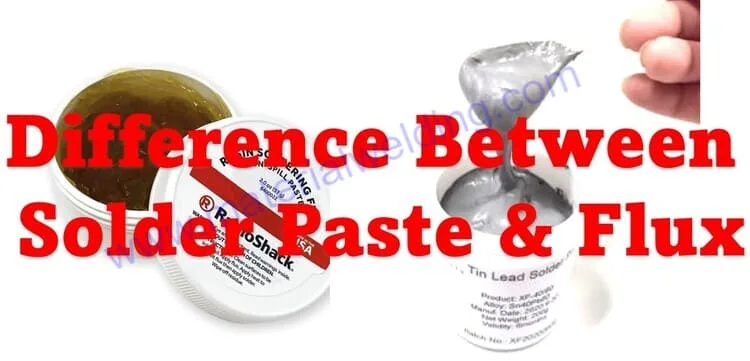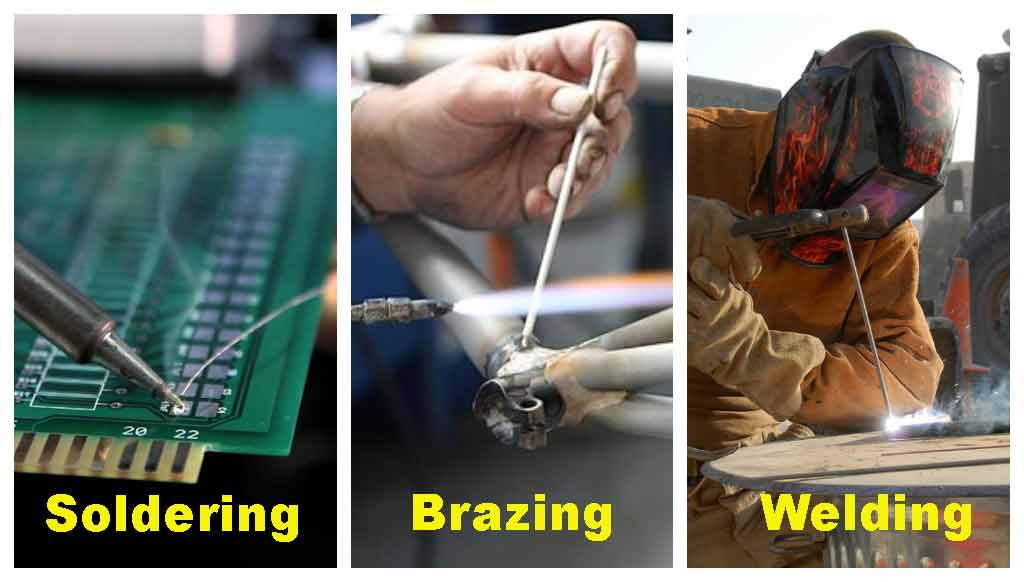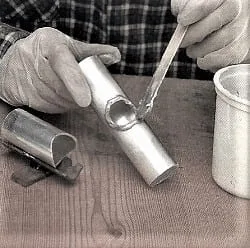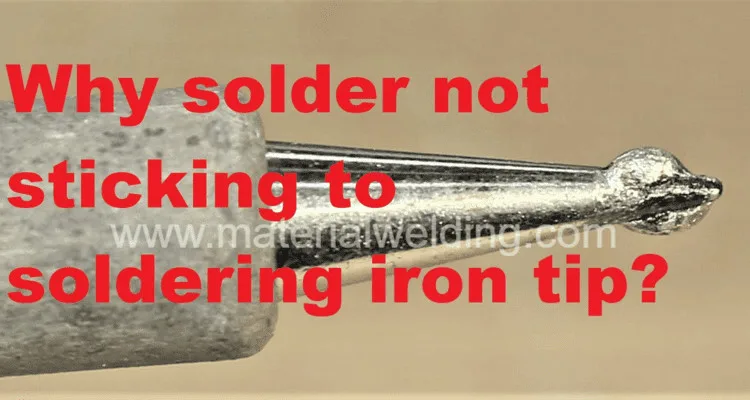Soldering is an essential skill for anyone who works with electronics, jewelry, automobiles, etc. It is a process of joining two or more pieces of metal together by melting and flowing a suitable filler metal into the joint. Soldering requires knowledge and experience, but it is not as difficult as it seems.
This article will provide an overview of the different types of soldering techniques and explain their uses in various applications. Whether you’re a novice just starting out with soldering or a professional looking for guidance on specific techniques, you’ll find useful information here about the most popular soldering methods.
What is Soldering?
Soldering is a liquid-solid state joining technique used to join materials by heating them to a specific temperature and using a metal filler that melts at a temperature not exceeding 450°C (840°F).
The filler metal is applied to the joint, where it is distributed between the closely fitted surfaces through capillary action or by wetting the workpieces. This process results in the coalescence of the materials, creating a strong bond between them.
Soldering is a method used to connect various thicknesses of metal, ranging from thin films to thicker components like bus bars and pipes. To ensure successful soldering, it is necessary to shape the parts to fit closely together and to thoroughly clean the surfaces to be joined.
How many types of Soldering techniques?
Soldering is a method of joining two metal objects together with the use of heat and solder flux.
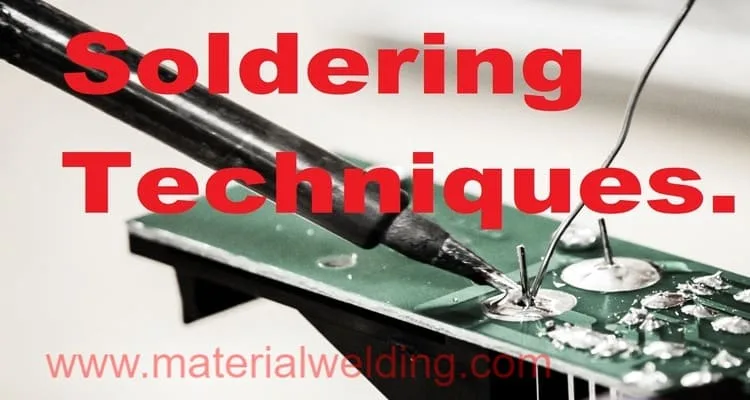
Today, there are two primary categories that all soldering techniques fall into:
- soft soldering (200-850°F),
- brazing or Hard Soldering(>850°F).
This technique has been used for centuries, and over time there have been several different types of soldering techniques developed.
What is Soft Solder?
Soft solder is commonly used to join copper parts together and consists of creating a low-temperature bond using lead-based material or tin-based material with a melting point lower than 450°C (842°F).
Soft solder is a type of low-melting-point metal alloy that is commonly used to join two pieces of metal together. It is typically made from a combination of tin and lead, although other metals such as antimony, copper, and silver may also be added to improve their properties.
Soft solder is often used for electrical and plumbing applications, as well as for hobby and DIY projects. It is called “soft” because it has a low melting point compared to other types of solder, typically around 180-190°C (360-375°F).
This allows it to be melted and applied using a soldering iron or torch, without damaging the materials being joined. Soft solder creates a strong, permanent bond between metals, but it is not suitable for high-stress or high-temperature applications, as it may melt or weaken under these conditions.
It also contains lead, which can be toxic if ingested or inhaled, so appropriate safety measures should be taken when working with soft solder.
What is Hard Solder?
Hard solder is stronger than soft solder and requires a higher temperature to bond two pieces in place; it can be used on both ferrous and nonferrous metals at temperatures between 450°C (842°F) to 900°C (1652°F).
Hard solder, also known as silver solder or brazing solder, is a type of metal alloy that is used to join two pieces of metal together at high temperatures.
Unlike soft solder, which has a low melting point, hard solder requires temperatures above 450°C (840°F) to melt and flow properly. Hard solder is typically made from a combination of silver, copper, and zinc, and it comes in various grades depending on the melting temperature and the percentage of silver content.
It is often used in jewelry making, metalworking, and engineering applications where a stronger and more durable joint is required. The process of hard soldering involves heating the metals being joined to a high temperature (above 450°C), then applying the hard solder to the joint.
The hard solder then melts and flows into the joint, creating a strong bond as it cools and solidifies. Hard solder creates a very strong and durable joint, making it suitable for high-stress and high-temperature applications.
Soldering Techniques as per AWS
The below table covers the main soldering techniques as per the American Welding Society (AWS).
| Soldering Process | Description |
|---|---|
| Dip soldering (DS) | A process in which a printed circuit board (PCB) is submerged in molten solder to create electrical connections between the components. |
| Furnace soldering (FS) | A process in which solder paste is applied to the PCB, and then the PCB is heated in a furnace to melt the solder and create the electrical connections. |
| Induction soldering (IS) | A process that uses high-frequency electromagnetic waves to heat the components and solder, creating electrical connections. |
| Infrared soldering (IRS) | A process that uses infrared radiation to heat the components and solder, creating electrical connections. |
| Iron soldering (INS) | A process in which a heated iron is used to melt solder and create electrical connections. |
| Torch soldering (TS) | A process in which a torch flame is used to heat the components and solder, creating electrical connections. |
| Ultrasonic soldering (USS) | A process in which ultrasonic vibrations are used to melt solder and create electrical connections. |
| Wave soldering (WS) | A process in which a PCB is passed over a wave of molten solder to create electrical connections between the components and the PCB. |

